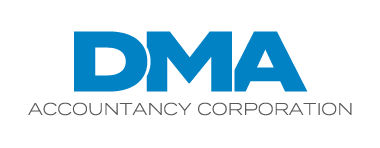Among the hottest HR issues of the last year or two has been diversity and inclusion. The term refers to an employer’s conscious and conscientious effort to create a working environment in which all employees — regardless of background, identity or beliefs — are validated and valued for their contributions.
Many organizations have gone beyond simply recognizing the importance of diversity and inclusion and created formalized programs to ensure that the philosophies driving their efforts are consistently put into practice when hiring and managing performance. If you’ve done so, or you’re seriously considering it, you can no doubt appreciate the challenge of putting a meaningful, effective program in place. Here are five ways to kickstart the endeavor:
1. Link diversity and inclusion to your organization’s overall success. Many employers “wedge” a diversity and inclusion program into their ongoing operations without considering whether or how it will add value to their organizations. Integrate the program into your business plan or organizational mission.
One way to do so is to identify and track metrics to measure your accomplishments. For example, you might state the percentage of dollars you’ll spend on minority or women-owned vendors. Naturally, these arrangements must still be cost-effective and suit your needs.
2. Look to extract value from the differences within your organization. Traditionally, many employers have viewed differences of opinion and perspectives as impediments to success. Having a single-minded, laser-focused approach might seem beneficial, but it may lead to resentment and missed opportunities. Create a program that draws out the distinctive viewpoints of perhaps seldom-heard groups or individuals within your organization.
3. Take care with the educational elements of your program. Diversity and inclusion programs begin with training and, thereafter, call for continuing education to keep employees up to speed on the latest issues and developments. This can be daunting for employers who, understandably, may worry about the time and resources spent on educational activities that cut into work schedules and productivity.
To ensure best results, choose your training and ongoing educational providers carefully. Look for those that offer up-to-date and professionally developed content that employees can access conveniently.
4. Consider mentoring and internship initiatives. Diversity and inclusion programs tend to create good opportunities for mentorship arrangements whereby older or more experienced employees can work directly with younger or less experienced staff members. Each party typically gains both professional and personal insights from the experience. Similarly, internships can bring in new, fresh voices to the organization. Think about offering internships to students in underserved areas.
Remember, diversity and inclusion aren’t just a program — they’re a way of working. As such, they’re not exactly easy and usually call for regular adjustments.
© 2021


Recent Comments